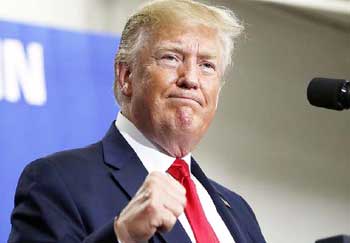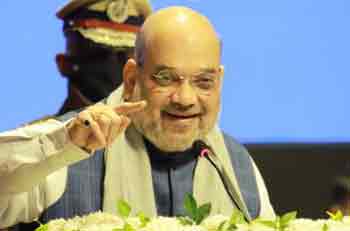In a bold move to protect its domestic automotive industry and strengthen national security, the Trump Administration has announced a 25% tariff on the import of automobiles and key automotive components. Set to take effect on April 3, 2025, the new tariffs are expected to have a profound impact on global trade dynamics, but the question remains—how will this affect India’s auto industry?
Details of the New US Tariffs
The new tariffs will primarily target:
Passenger Vehicles (PVs) and Light Trucks: Starting April 3, 2025, a 25% tariff will be imposed on imports of PVs and light trucks, a move aimed at protecting the US manufacturing sector.
Automotive Components: The tariffs will also apply to critical auto components like engines, transmissions, powertrain parts, and electrical systems, with an official enforcement date by May 3, 2025.
An important caveat is that imports from Mexico and Canada will be exempt from these tariffs due to the United States-Mexico-Canada Agreement (USMCA), at least until a mechanism is established to apply tariffs specifically to non-US components.
What Does This Mean for India’s Automotive Sector?
India’s exports to the US in the automotive sector are relatively modest. In fiscal 2024, India’s exports of passenger vehicles (PVs) and commercial vehicles (CVs) accounted for around 15% and 8% of overall production, respectively. Of this, the US market made up just a small fraction—0.21% for PVs and 3% for CVs. Most Indian exports are directed toward other markets, particularly in the Middle East, Africa, and Latin America, including countries like Saudi Arabia, UAE, South Africa, Mexico, and Chile.
With no major US automakers operating manufacturing facilities in India since General Motors and Ford’s exit, the direct effect on India’s passenger vehicle exports to the US will be minimal. However, India’s role as a significant supplier of auto components to the US means the tariffs will still have some influence.
The Auto Component Landscape: A Larger Impact?
India is a leading exporter of auto components, with the US accounting for about 28% of these exports. Key components such as powertrain parts, transmissions, and engines represent a substantial portion—84%—of India’s automotive component exports to the US. Despite this, India’s exposure to the US market in terms of total automotive production remains limited. With auto components making up just 15% of India’s overall automotive output, the country’s exposure to the US market stands at roughly 4.2%.
The tariffs on certain components will further reduce this exposure, likely limiting the impact on Indian manufacturers. Based on current projections, the tariffs will affect around 3.5% of annual revenue from auto components, which would mean a relatively small hit to India’s sector.
Who Stands to Benefit?
While India’s immediate exposure to the tariffs is limited, other regions may see an upside. The US’s free trade agreement with Mexico and Canada—through the USMCA—ensures that the 25% tariff will not apply to imports from these countries. Together, Mexico and Canada account for nearly 46% of all US auto imports, and their exemption from the tariffs puts them in a favorable position.
This dynamic could shift trade patterns, as manufacturers in these countries may find themselves more competitive in the US market compared to counterparts in India and other nations facing the new tariffs.
The Bigger Picture: Global Trade Shifts Ahead
The imposition of these tariffs is part of a broader effort by the US government to safeguard domestic industries and reduce dependence on foreign-made vehicles and components. While the direct effect on India’s automotive sector may be limited, the broader implications for global supply chains, trade agreements, and pricing structures could be significant.
Industry experts suggest that the new tariffs could lead to a ripple effect, pushing other countries to adapt their manufacturing and export strategies in response. However, for India, the tariff’s primary impact will likely be felt in the form of reduced competitiveness in the US market, particularly in the components sector.
Looking Ahead
As the US implements these tariffs, the global automotive industry must brace for potential shifts in production and trade routes. For India, while the immediate impact may be muted, manufacturers will need to monitor developments closely, particularly regarding changes in pricing and market competitiveness in the US. The evolution of global trade policies, including the US’s tariff strategy, will continue to reshape the landscape for automotive exports in the years to come.
















